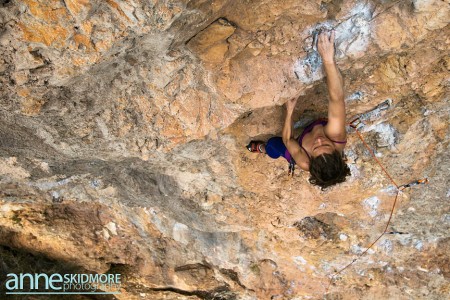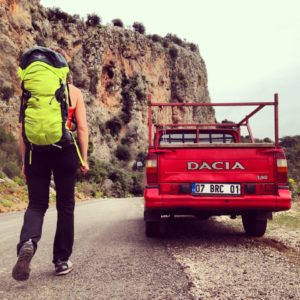This February, I gave a speech at University of Vermont. There is nothing like standing up in front of a group of intelligent, keen, and questioning undergraduate and graduate students to keep you on your toes. Like any great audience, the conversation has extended far after the event. I recently received these questions from one of the students. Her questions about conservation, land-use, and Additive Adventure were well timed with the upcoming Lost Mountain Project. Here are her questions and answered, peppered with a few photos from my recent trip in Turkey.
Q: Did outdoor recreation make you more conscious about conservation?
MB: Living– thriving and being challenged– in the outdoors, absolutely fuels consciousness about conservation. I’ve been pursuing outdoor activities with abandon since I was five. I would not have called myself a conservationist until recently, and today I use the word as a question. I think the opportunity for outdoor recreationalists is to make conservation about collaboration. For too long the preservation in conservation has stopped the conversation from being ultimately exclusive. Integrated conservation is a more interesting conversation. It will ultimately be what makes conservation accessible as a mindset and ethos for all of us.
MB: I’ve been lucky to have a sharp leaning curve around science in the past five years. It’s absolutely changed my view of the places I climb– and also made me appreciate climbing for climbing’s sake. Having both in my life at this moment (ie the climbing for scientific discovery for the Lost Mountain, and climbing for climbing in my daily life) has provided great balance. The additional benefit is that they bleed together as it’s inevitable when you learn more that you take that knowledge with you as you see the world.
Q: What steps did you take to bridge the gap between science and recreation?
I looked at the work I was doing on my projects and identified the gaps- the places where I knew there was more information that I didn’t know, and that in some cases was afraid to know. After my work in Namibia on the Brandberg (establishing a new climbing line) I knew the place I needed to pay attention to most was cliffside ecology.
Q: When thinking about “additive adventure,” how does learning about land use history and conservation of a place come into play?
MB: I’m intrigued by the mythology of land and mountains. It’s at the very heart of Additive Adventure. This mythology is conscious and unconscious and revolves around land use history (and land non-use, for that matter). For me it’s also been fascinating to not only look at the history of the place I am studying, like Ethiopia, for example, but to place Ethiopia in context on an adventure history scale. It’s these comparisons which often can give valuable insight, and context, to how adventure is expressed in a certain place. This is important for numerous reasons, and the challenge is to line up that expression with the adventure you’re trying to have — ie climbing– and see how they fit, where they challenge each other, where they scare you, and where they can create leaning and sharing.




